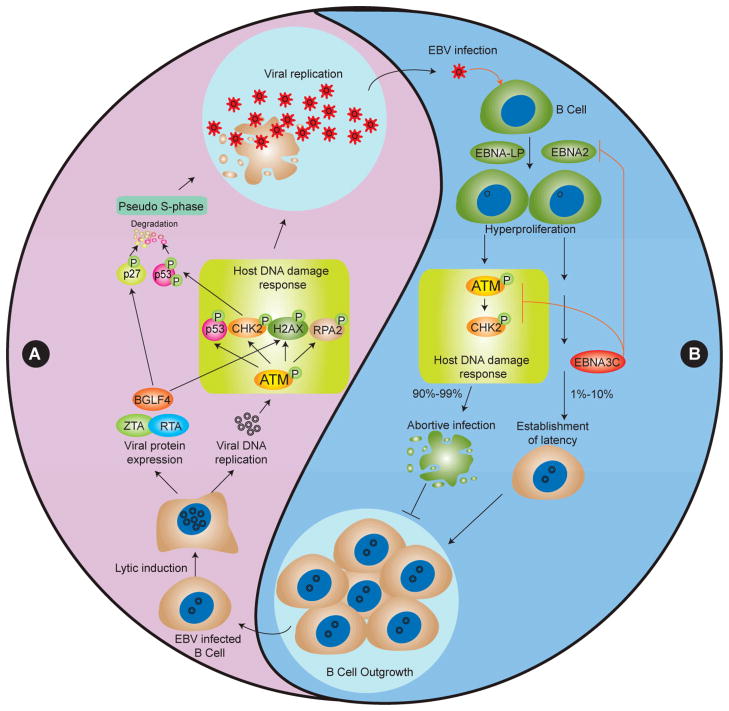Figure 1. Differing roles of the DNA damage response in promoting viral replication and restricting latency in EBV-infected cells.
(A) The DNA damage response (DDR) is actively induced by viral protein expression and viral lytic DNA replication, as indicated by activation of ATM and its downstream targets H2AX and CHK2 phosphorylation. The DDR acts as a positive feedback to promote viral lytic replication. Simultaneously, the potential DDR inducer BGLF4 and CHK2 also contribute to p27 and p53 phoshorylation- and ubiquitin-proteasome-dependent degradation, resulting in a prolonged pseudo S-phase environment that further benefits viral DNA replication. (B) EBV infection of primary B cells induces the DDR, which in turn acts as a host anti-EBV response to restrict virus induced transformation and outgrowth of B cells. A small percentage of EBV-infected B cells bypass the host defensive DDR through EBNA3C inhibition of EBNA2 or ATM/CHK2, leading to B cell outgrowth.

